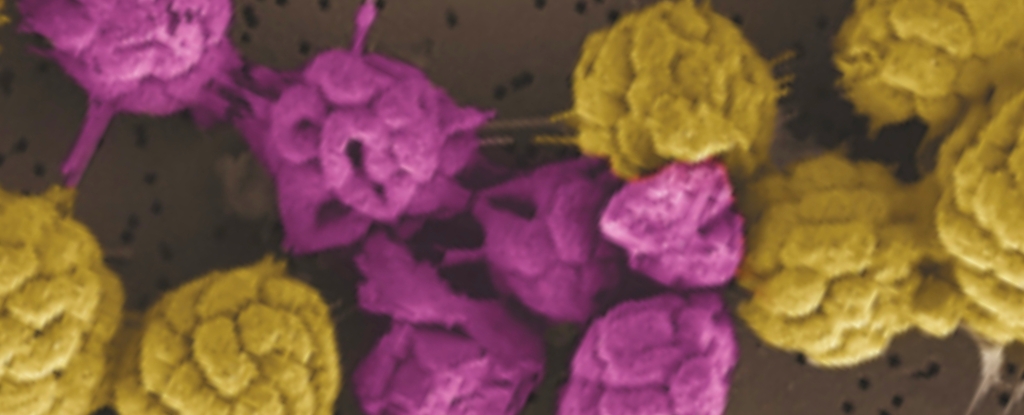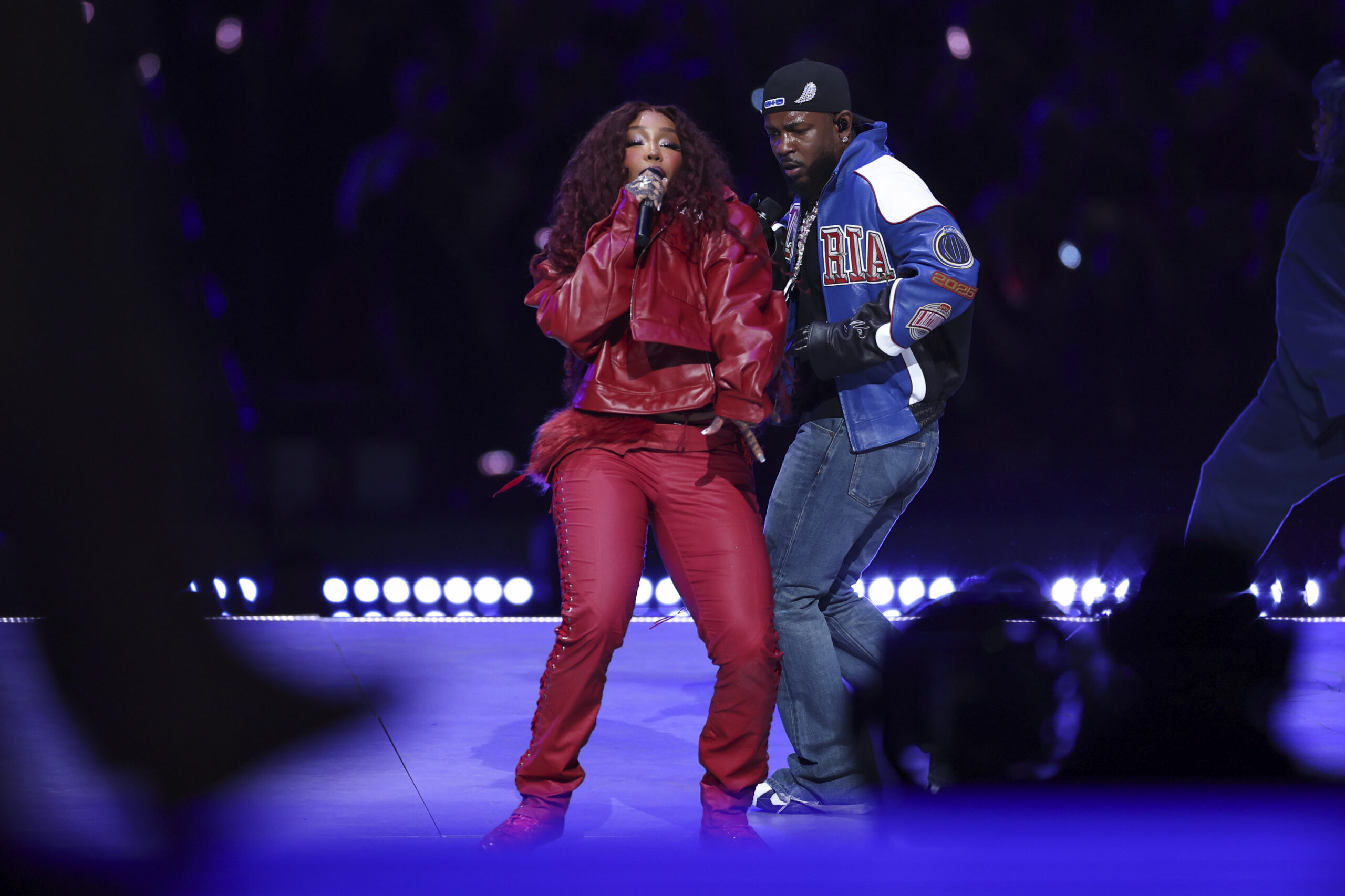How Generative AI is Changing Red Team Tactics
The rapid evolution of generative AI has fundamentally transformed the landscape of cybersecurity, especially in the context of red teaming. Traditionally, red teams have focused on simulating adversarial attacks to uncover vulnerabilities in networks, software, and infrastructure. However, the unpredictable and dynamic nature of generative AI models has introduced new challenges and opportunities for red […] The post How Generative AI is Changing Red Team Tactics appeared first on Cyber Security News.

The rapid evolution of generative AI has fundamentally transformed the landscape of cybersecurity, especially in the context of red teaming. Traditionally, red teams have focused on simulating adversarial attacks to uncover vulnerabilities in networks, software, and infrastructure.
However, the unpredictable and dynamic nature of generative AI models has introduced new challenges and opportunities for red teams.
These models, capable of producing human like text, images, and audio, have expanded the attack surface and made it possible for attackers to exploit systems in novel ways.
As generative AI becomes increasingly integrated into business operations and consumer products, security leaders must rethink their approaches to risk assessment and defense.
Red teaming, once a discipline rooted in technical exploits and code analysis, now requires a blend of technical expertise, creativity, and adaptability to keep pace with the evolving threat landscape.
The New Face of Red Teaming in the Age of Generative AI
Generative AI has redefined what it means to probe for vulnerabilities. Unlike traditional systems, where attackers needed to breach backend infrastructure, generative AI systems can be manipulated through natural language prompts alone.
Every user interaction becomes a potential attack vector, making the system’s behavior less predictable and the threat surface far broader.
Attackers no longer need specialized tools or deep technical knowledge; instead, they can leverage creative language to bypass safety filters or induce the AI to reveal sensitive information, generate harmful content, or perform unintended actions.
This shift has forced red teams to adopt more dynamic and adaptive tactics, focusing not just on technical exploits but also on understanding how AI models interpret and respond to a wide variety of inputs.
The challenge is compounded by the multimodal nature of modern AI systems, which now process images, audio, and video in addition to text, multiplying the ways in which they can be attacked.
As a result, red teaming has become an exercise in both technical rigor and imaginative problem-solving, requiring teams to anticipate not only known threats but also the unpredictable creativity of human adversaries.
Key Innovations and Challenges in GenAI Red Teaming
- Attackers exploit natural language to bypass static defenses, making traditional security measures less effective.
- The balance between security and usability is critical; overly restrictive defenses can hinder functionality, while lenient ones increase risk.
- Red teaming platforms now harness crowd-sourced attacks, leveraging the creativity of a global user base to uncover new vulnerabilities.
- Defenses must be adaptive, evolving in response to emerging threats and changes in AI model behavior.
- The attack surface has expanded to include multimodal inputs text, images, audio, and video multiplying potential vectors for exploitation.
The shift to generative AI has introduced a host of new challenges for red teams.
Unlike traditional penetration testing, which often targets known vulnerabilities, red teaming for GenAI is about uncovering unforeseen risks that emerge from the model’s ability to interpret and generate content in unpredictable ways.
This requires constant vigilance and a willingness to experiment with new attack techniques. Crowd-sourced platforms have become invaluable, allowing red teams to tap into the collective ingenuity of users worldwide.
These platforms not only expose vulnerabilities that might otherwise go unnoticed but also help build a dynamic threat intelligence database, enabling defenders to stay one step ahead of attackers.
However, the sheer dynamism of GenAI, where both models and attackers evolve rapidly, means that fixed defenses are quickly outdated. Security teams must continuously adapt, updating their strategies as new attack vectors and model behaviors emerge.
The integration of multimodal capabilities further complicates matters, as red teams must now consider how images, audio, and video can be used to manipulate or exploit AI systems.
Leadership Strategies for Navigating the GenAI Security Frontier
For leaders responsible for securing generative AI systems, the evolving threat landscape demands a proactive and forward-thinking approach.
The unpredictability of GenAI means that traditional security playbooks are no longer sufficient; instead, leaders must foster a culture of continuous learning and adaptation within their teams.
This involves investing in cutting-edge red teaming tools and platforms and encouraging cross-disciplinary collaboration between technical experts, risk managers, and creative thinkers.
By prioritizing adaptive defenses and embracing the insights gained from crowd-sourced red teaming, organizations can build more resilient AI systems that are better equipped to withstand both known and emerging threats.
Leaders should also recognize the importance of balancing security with usability; overly restrictive measures can stifle innovation and hinder user experience, while lax controls leave systems vulnerable to exploitation.
- Encourage the use of dynamic, crowd-sourced red teaming platforms to uncover a broader range of vulnerabilities.
- Invest in ongoing training and development to ensure teams stay ahead of evolving attack techniques and AI capabilities.
Ultimately, the successful defense of generative AI systems hinges on a leader’s ability to anticipate change, respond to new threats with agility, and cultivate a mindset of resilience throughout the organization.
As GenAI technologies become more powerful and pervasive, the stakes for getting security right have never been higher.
By embracing adaptive strategies and fostering a culture of innovation, leaders can ensure their organizations remain secure, competitive, and prepared for whatever challenges the future may bring.
Find this News Interesting! Follow us on Google News, LinkedIn, & X to Get Instant Updates!
The post How Generative AI is Changing Red Team Tactics appeared first on Cyber Security News.







































































